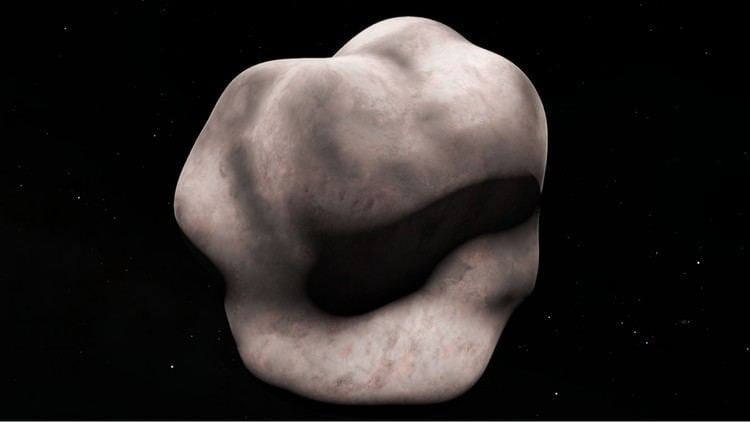Discovered 2003 | ||
 | ||
Similar Scott S Sheppard discoveries, Jupiter moons, Other celestial objects | ||
Thelxinoe (/θɛlkˈsɪnoʊˌiː/ thelk-SIN-o-ee; Greek: Θελξινόη), also known as Jupiter XLII, is a natural satellite of Jupiter. It was discovered by a team of astronomers from the University of Hawaii led by Scott S. Sheppard in 2004 from pictures taken in 2003, and originally received the temporary designation S/2003 J 22.
Thelxinoe is about 2 kilometres in diameter, and orbits Jupiter at an average distance of 20,454 Mm in 597.607 days, at an inclination of 151° to the ecliptic (153° to Jupiter's equator), in a retrograde direction and with an eccentricity of 0.2685.
It was named in March 2005 after Thelxinoe, one of the four original Muses according to some Greek writers, and a daughter of Zeus (Jupiter) by Mnemosyne.
Thelxinoe belongs to the Ananke group, retrograde irregular moons that orbit Jupiter between 19.3 and 22.7 Gm, at inclinations of roughly 150°.
